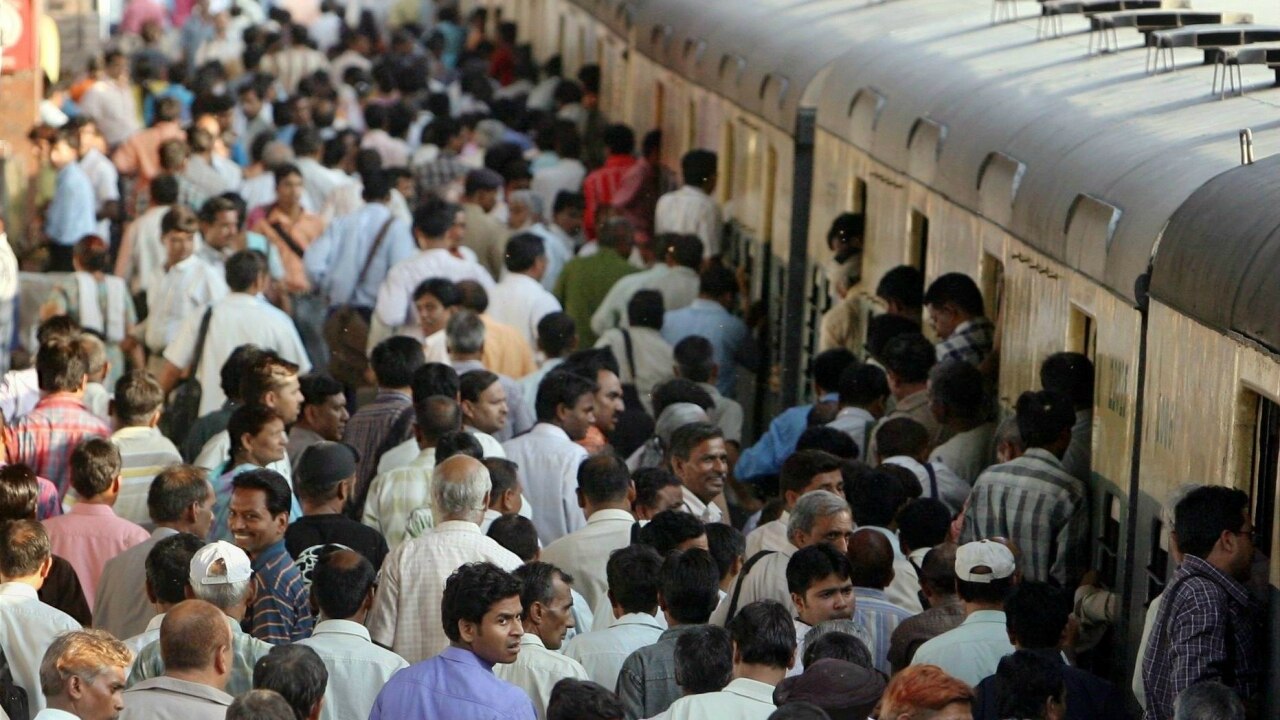
Depend upon the Bharatiya Janata Party (BJP) and other right-wing Hindu organisations to be shrill about the numbers of Hindus and Muslims according to the 2011 Census. The alarm will be raised that the Hindu population is declining and that of the Muslims is rising. The statistical facts can be misinterpreted. The rate of growth of the Hindu population has fallen by 0.7 per cent, and that of the Muslims has risen by 0.8 per cent. It does not in any way mean that the Muslim population is overtaking that of the Hindus, which is what the Hindu right-wingers would have us believe. But it is far from the facts. The Hindus constitute 96.63 crore of the 121 crore population while the Muslims account for 17.22 crore. There is a significant secular — not in the ideological but in the statistical sense — trend in the fall of the Hindus’, and the rise of the Muslims’, growth rate. The Hindu population growth has peaked and it is at the tipping point where it will show a dip. The Muslims’ growth rate is nearing the peak and it will fall in due course.
The dynamics of population growth, stabilisation and decline make for fascinating biological, sociological and mathematical study. There is no denying the fact that it has immense political implications as well especially for those politicians who want to exploit it in the electoral battles. But it is a well-established fact that when the national economy grows, all the sections of society have to get a fair share of it if it is to be sustained. This implies that the economic momentum makes the religious groupings and their rivalries quite irrelevant. But in the immediate din and heat of the political battle, the long-term and silent economic trend remains unnoticed.
One of the reasons for the marginal fall in the rate of Hindu population growth could be that relatively speaking there is reduced poverty and diminished infant mortality levels in the larger Hindu population pool, while the number of the poor among the Muslims population is larger and so is the rate of infant mortality. When the Muslims benefit from economic growth, and there is no way of keeping them out of it whatever the prejudices and barriers may be, the Muslim population growth will tend to stabilise and then to decline. It is not yet very clear whether the socio-economic drivers can be termed as the laws of population dynamics. But there is a clear and plausible link between the two.
There is also the other fact that the overall population of India will overtake that of China in the next decade and then it will begin to grey and decline as will happen in the case of China. When the Indian population stabilises and declines, then the proportion of the numbers of Hindus and Muslims, and other religious minorities, will remain at the same levels. There will continue to be conversions from one faith to another, but it will not radically alter the share of the Hindus and Muslims in the total population.
The positive interpretation of the latest population data is that Muslims are flourishing in the country. India’s Muslim population of 172 crore is larger than that of other Muslim countries excepting that of Pakistan and Indonesia. It should not come as a surprise if during the present decade the Indian Muslim population exceeds that of Muslims in neighbouring Pakistan. It is an eloquent testimony to the multi-religious society that India is.